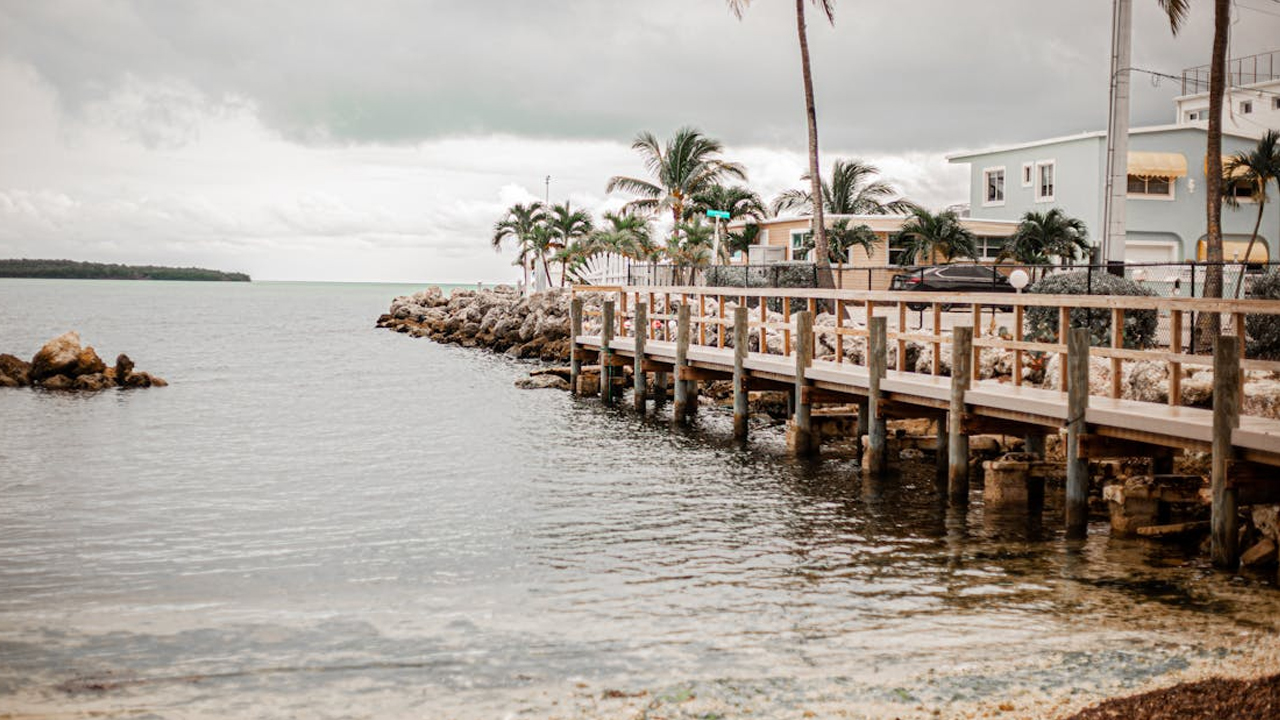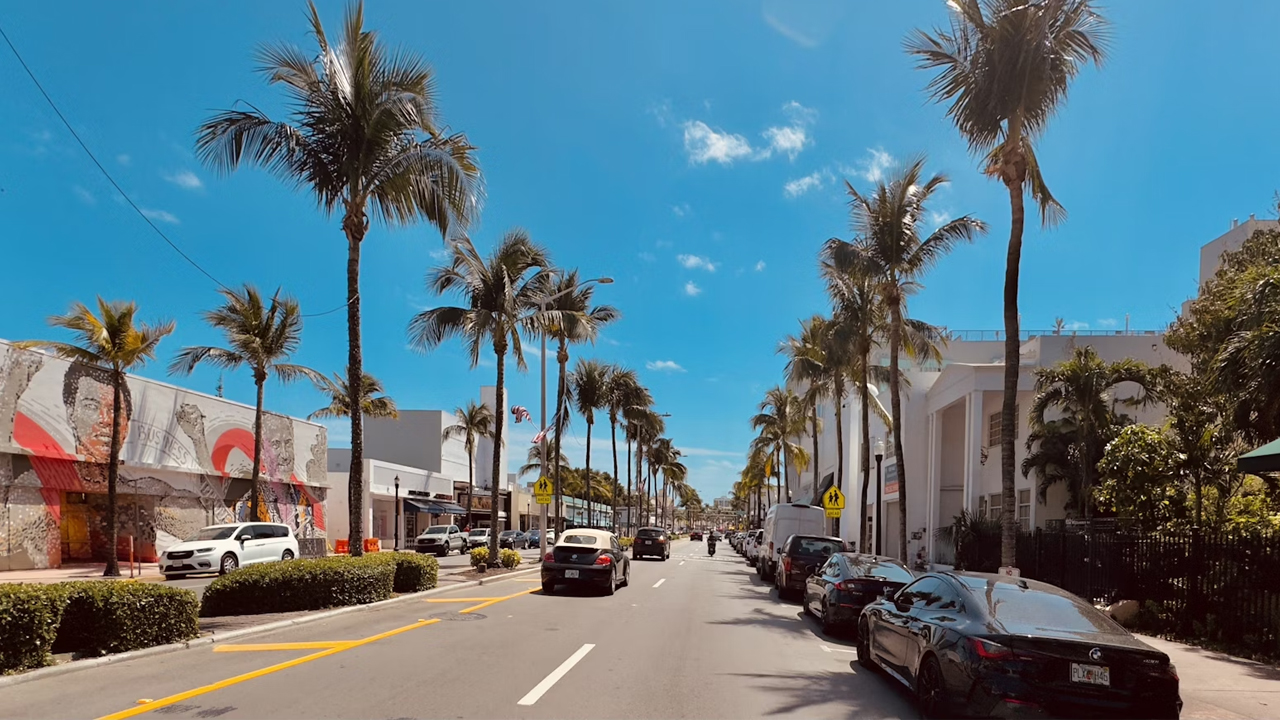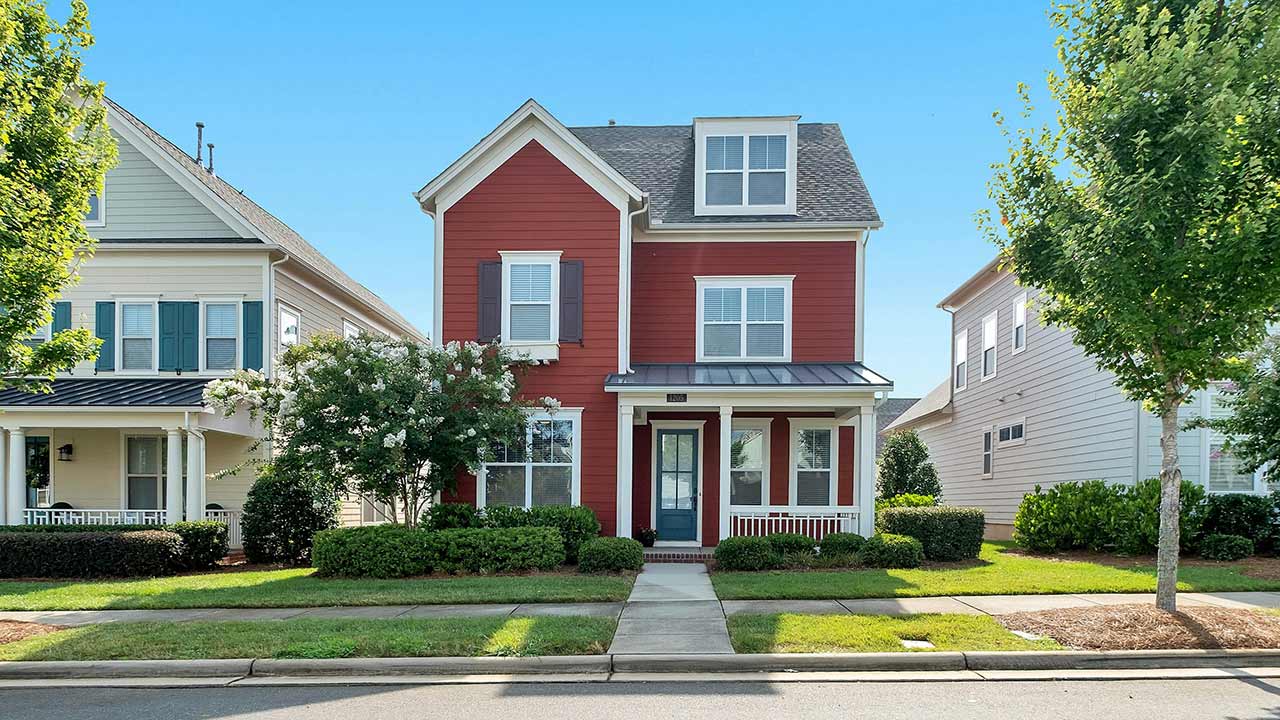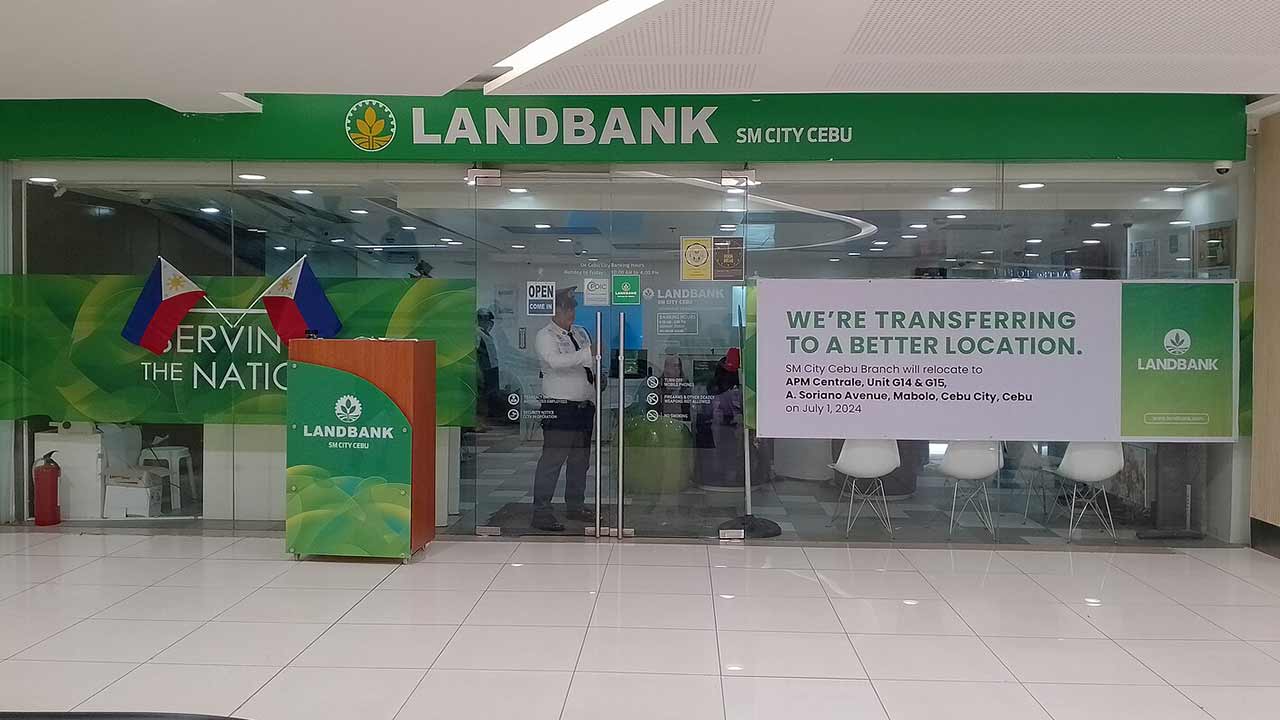Florida’s housing market has been running hot, even with a slight dip in prices back in 2024. But not every suburb is a smart bet for your money over the next five years. Real estate agents have flagged some spots that could leave you with a property headache instead of a solid investment. Here’s a breakdown of the three worst Florida suburbs to buy into, based on what the pros are saying.
Miami Gardens: Flood Risks and Costly Insurance

Miami Gardens might seem like a steal compared to beachfront spots, but don’t let the price tag fool you. Agents point out its low elevation makes it prone to flooding, especially during Florida’s rainy season. When storms hit, you’re looking at potential water damage and insurance premiums that’ll make your wallet cry. It’s not just about the upfront cost—maintaining a home here could drain your funds fast.
The catch is, while suburbs often promise more space for less money, this one’s risks outweigh the perks. Flood zones aren’t getting any safer, and with climate shifts, the odds of a soggy basement (or worse) keep climbing. Resale value could stall too, since buyers are wising up to these headaches. Think twice before parking your cash here.
(Source: City of Miami Gardens Flood Risk Assessment)
Ruskin: Too Far Out, Too Little Return

Ruskin’s got that rural charm—big lots, quiet streets—but agents warn it’s too far from the action to be worth it. You’re miles from decent grocery stores or a hospital, which gets old fast. Sure, the land’s cheap now, but when it’s time to sell, good luck finding someone who wants to live in the sticks. Resale value tends to lag in places this remote.
Real estate’s all about location, and Ruskin misses the mark. The trade-off for space is losing out on convenience and growth potential. Florida’s hot markets thrive near cities or coasts, not in the middle of nowhere. Your money’s better off in a spot that balances room to breathe with a pulse of activity.
(Source: Zillow Ruskin Home Values)
Largo: Flooding Plus Slow Growth

Largo, near Tampa, sounds promising until you dig into the details. It’s got low-lying areas that flood when rains pour, and that’s a problem in a state known for wild weather. Agents say the insurance costs alone could eat into any savings you score on the purchase. Add in a housing market that’s not exactly booming, and you’ve got a recipe for flat returns.
What’s worse, the area’s not seeing the kind of economic lift that drives property values up. You might snag a deal today, but don’t expect it to grow much by 2030. Suburbs like this can trap your cash in a holding pattern—safe from big losses, maybe, but not building wealth either. Look elsewhere for a better shot at profit.
(Source: First Street Foundation Largo Flood Risk Report)

Alexander Clark is a financial writer with a knack for breaking down complex market trends and economic shifts. As a contributor to The Daily Overview, he offers readers clear, insightful analysis on everything from market movements to personal finance strategies. With a keen eye for detail and a passion for keeping up with the fast-paced world of finance, Alexander strives to make financial news accessible and engaging for everyone.


